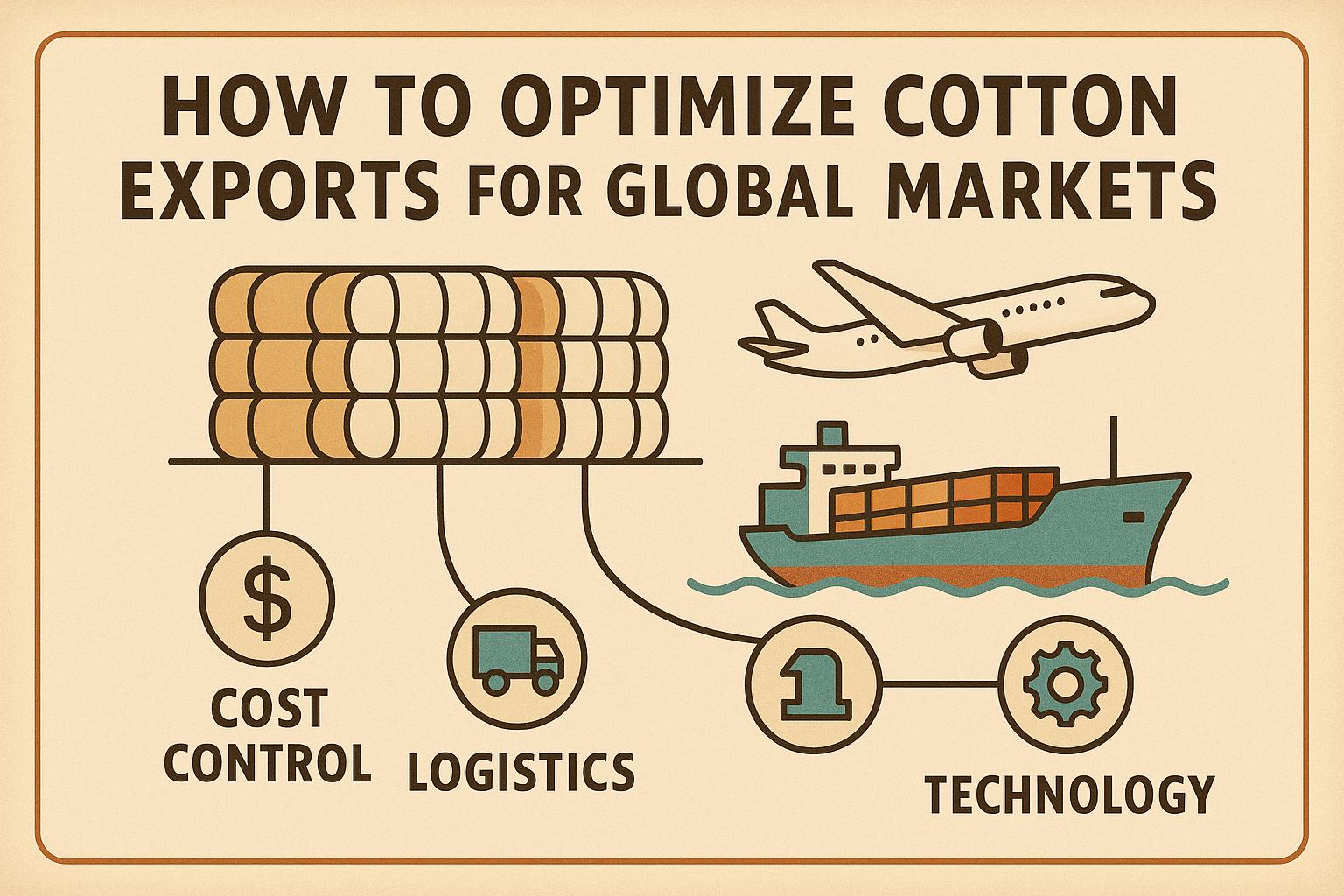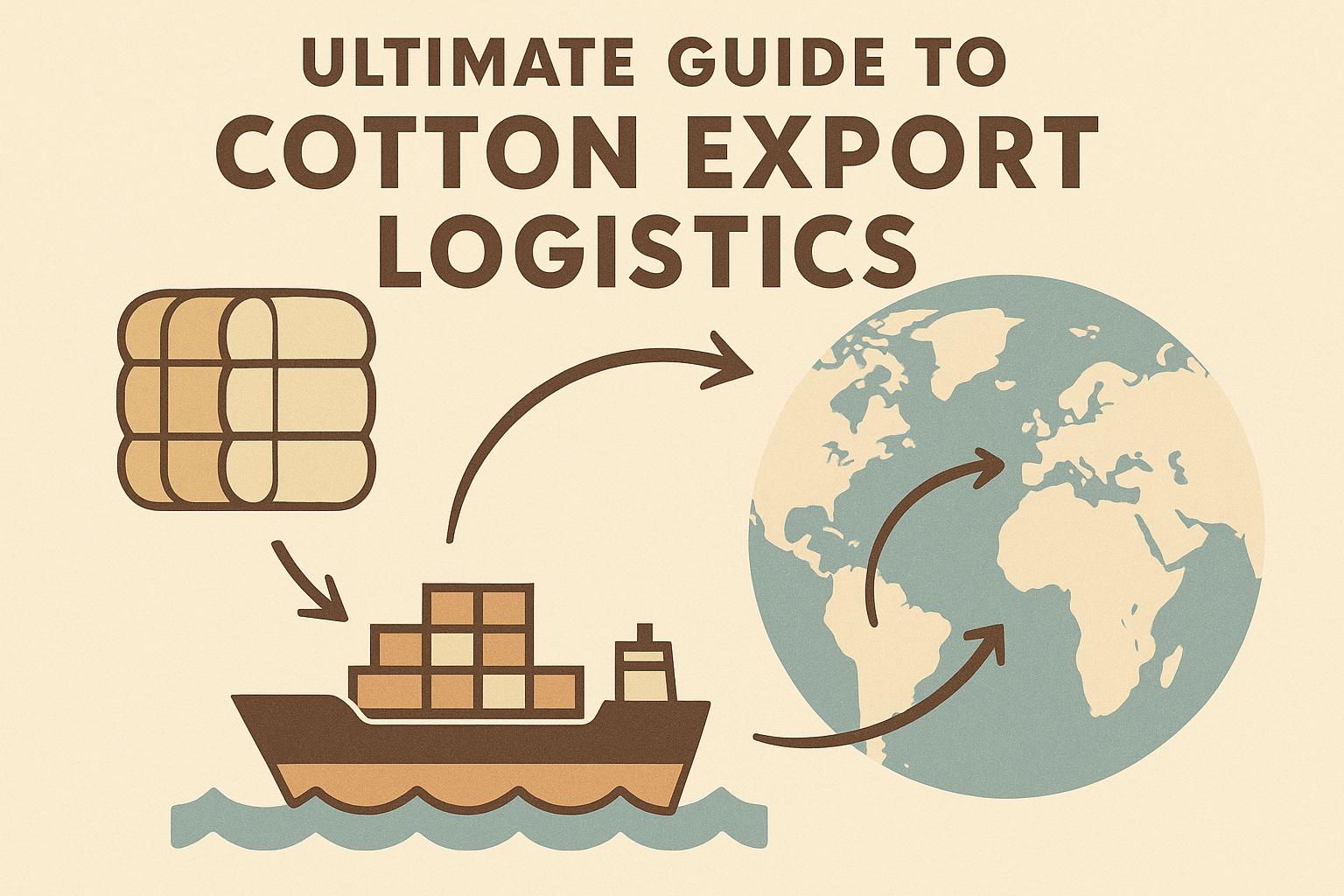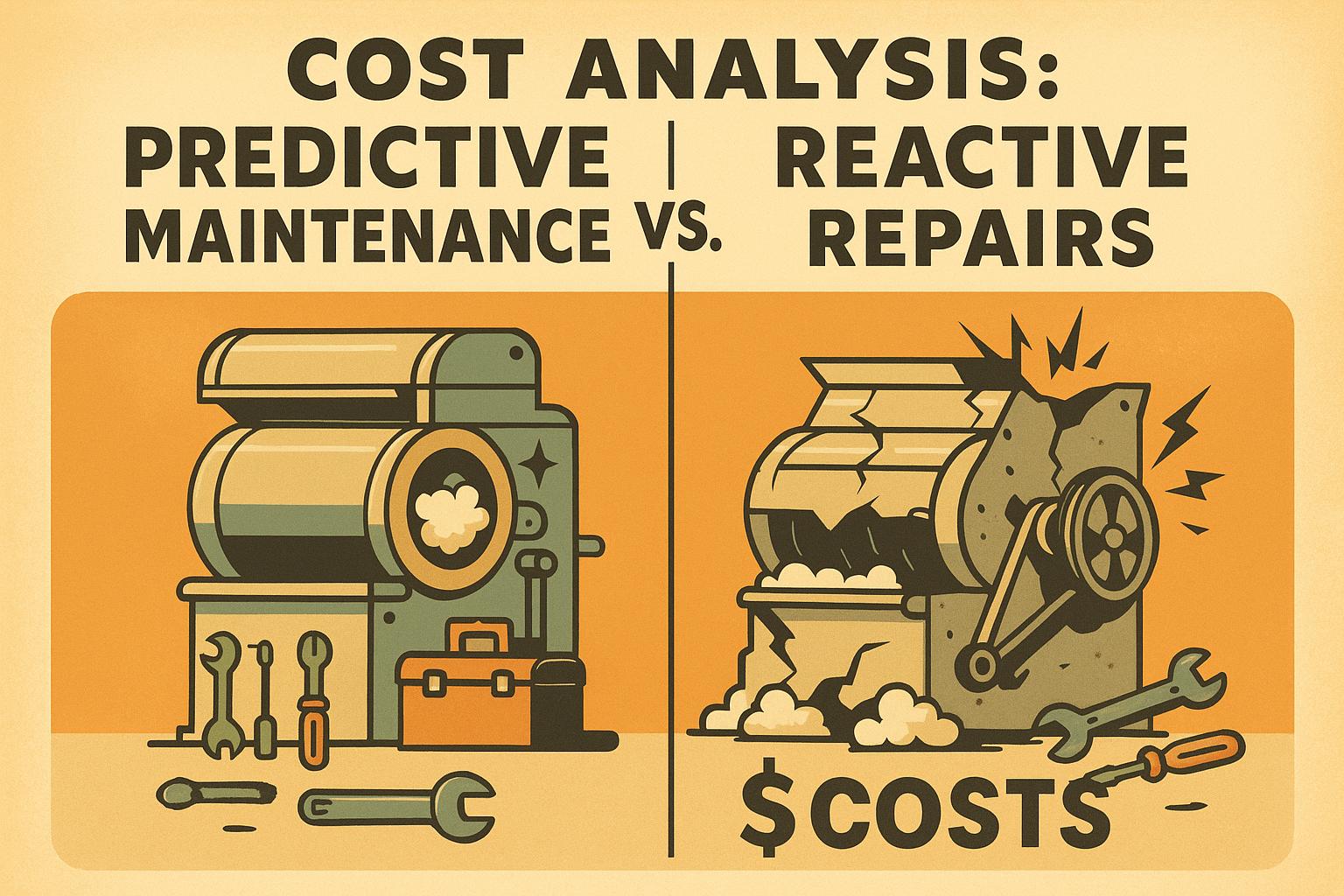The Power of Overhead Insights in Cotton Management
As operations scale and variables multiply, keeping eyes on every acre becomes a tall order. Leveraging satellite imagery for cotton crop monitoring steps in as a reliable ally, delivering broad-scale data that sharpens your decisions on irrigation, fertilization, and pest control without the grind of constant ground checks. This tech isn't about replacing your intuition; it's about amplifying it with layers of information that reveal patterns invisible from the cab.
University extension trials in major cotton regions show that satellite-based monitoring can improve input efficiency by 15-25%, cutting water use in pivot systems or flagging early stress to preserve boll counts. By capturing multispectral data—beyond what drones cover in one flight—satellites provide consistent, field-wide views that track vegetation health, soil variability, and growth stages over time. For seasoned growers, this means transitioning from reactive fixes to predictive strategies, drawing on indices like NDVI or EVI to anticipate issues before they dent yields.
Understanding Satellite Data Basics for Cotton Fields
Satellite imagery for cotton crop monitoring relies on orbiting sensors that capture light reflections across wavelengths, translating them into actionable maps of plant vigor and environmental conditions. Platforms like Landsat or Sentinel offer free data at 10-30 meter resolution, while commercial options provide finer details down to 3 meters for precise zoning.
- Spectral Bands Explained: Visible and near-infrared bands compute NDVI to gauge chlorophyll levels; low values during squaring signal nitrogen shortfalls, common in sandy loams where leaching accelerates. Thermal bands detect canopy temperature rises, indicating water stress before wilting appears.
- Temporal Frequency: Weekly passes from free satellites track seasonal progress; daily high-res from paid services like Maxar catch rapid changes, such as aphid-induced yellowing in humid pockets.
- Cloud-Free Processing: Algorithms filter atmospheric interference; for cotton's long season, this ensures reliable baselines from emergence to defoliation.
Start with free tools to build familiarity; calibrate with ground samples for accuracy. Challenges like resolution limits in small fields are offset by hybrid drone-satellite use, blending broad overviews with close-ups.
Selecting Platforms and Tools for Your Operation
Choosing the right setup for satellite imagery in cotton crop monitoring depends on acreage, budget, and integration needs—options range from open-source to subscription-based with AI analytics.
- Free Resources: NASA's Earthdata or ESA's Copernicus hub provide raw imagery; tools like QGIS process it into maps, ideal for basic NDVI tracking on 500+ acre farms.
- Commercial Solutions: EOS Data Analytics or Farmers Edge offer cotton-specific dashboards; at $5-10/acre annually, they deliver alerts for stress zones, with 85% accuracy in yield variance detection per trials.
- Mobile Apps: Farmonaut or CropX integrate satellite data with field notes; real-time notifications for irrigation windows save 20% water in variable-rate systems.
Factor compatibility with your VRT equipment; start pilots on 20% acreage to quantify ROI, like reduced scouting hours. Challenges in data overload are eased by customizable alerts focusing on key metrics like moisture deficits.
Interpreting Imagery for Stress Detection
Raw pixels become insights through analysis—mastering this in satellite imagery for cotton crop monitoring reveals early warnings for water, nutrients, or diseases.
- Vegetation Indices: NDVI below 0.6 during bloom flags vigor drops; correlate with tissue tests to diagnose K deficiencies, as low potassium coarsens micronaire in clay soils.
- Moisture Mapping: MSAVI (Modified Soil-Adjusted Vegetation Index) accounts for bare soil interference; drops indicate compaction zones, prompting subsoiling to restore infiltration.
- Disease Signatures: Hyperspectral data spots cooler fusarium-infected areas; thresholds trigger fungicide spots, cutting applications by 30% in prone fields.
Cross-validate with scouts; algorithms learn from your inputs for better accuracy over seasons. Challenges like seasonal baselines are addressed by historical comparisons, tracking improvements in stressed areas.
Applying Data for Variable-Rate Management
Satellite insights drive precision—use them in cotton crop monitoring to tailor inputs, optimizing efficiency across variable fields.
- Irrigation Zoning: Maps guide pivot speeds; stressed lowlands get 20% more water, preserving yields without over-saturating uplands prone to root rot.
- Fertilizer Prescription: NDVI variances prescribe N rates; high-vigor zones cut by 15%, reducing leaching in sandy profiles while boosting low spots.
- Pest Interventions: Hotspots trigger drone follow-ups; targeted sprays for thrips save 25% on chemicals, maintaining beneficials.
Export maps to tractors for seamless execution; annual reviews quantify savings, like 10-15% input reductions. Challenges in calibration are met with ground truthing 5-10% of zones.
Yield Forecasting with Satellite Trends
Beyond monitoring, satellite imagery in cotton crop monitoring enables predictive yield modeling, informing harvest logistics and marketing.
- Growth Curve Analysis: Track NDVI trajectories; plateaus signal cutout, projecting boll loads with 80% accuracy per extension models.
- Stress Impact Estimation: Quantify affected acres; early drought flags drop potential by 200 lbs/acre, prompting insurance claims or adjustments.
- Historical Benchmarking: Compare seasons; improvements from rotations show 12% yield lifts in rebuilt soils.
Integrate with weather APIs for forward projections; tools automate reports for gins or buyers. Challenges in variability are refined with multi-year data.
Economic and Sustainability Benefits
Adopting satellite imagery for cotton crop monitoring pays dividends in costs and eco-impact, aligning with premium markets.
- Cost Savings: Reduced inputs and labor yield $50-100/acre net; trials show ROI in 1-2 seasons for mid-size farms.
- Environmental Gains: Precise applications cut runoff by 20%, preserving watersheds; carbon credits from efficient practices add revenue.
- Market Advantages: Data-backed sustainability reports attract eco-brands; certifications boost prices by 5-10 cents/lb.
Track via farm software; challenges like upfront costs are offset by free starters scaling to paid.
Overcoming Implementation Hurdles
Barriers like tech learning curves or connectivity in remote areas can slow adoption of satellite imagery in cotton crop monitoring.
- Training Resources: Extension webinars build skills; start with user-friendly apps for gradual integration.
- Connectivity Solutions: Offline modes store data for later upload; satellite phones bridge gaps in rural belts.
- Data Privacy: Choose encrypted platforms; own your imagery to control sharing.
Peer groups share tips; invest incrementally for confidence. Challenges fade with experience, unlocking full potential.
Case Studies: Real-World Applications in Cotton Belts
In Texas High Plains, growers used EOS satellite maps to zone irrigation, saving 25% water amid drought while lifting yields 150 lbs/acre. Southeast operations flagged nematode stress early, targeting bio-controls to preserve 10% output.
These highlight adaptability; scale to your context for gains.
Future Innovations in Satellite Monitoring
Advancements like hyperspectral satellites and AI fusion will refine cotton crop monitoring, predicting stresses with 90% accuracy.
Nanosats offer daily high-res; blockchain verifies data for traceability.
Stay updated via ag networks for edges.
Actionable Takeaways for Your Farm
To leverage satellite imagery for cotton crop monitoring:
- Assess Platforms: Test free tools like Sentinel; upgrade for cotton-specific analytics.
- Set Baselines: Map fields; calibrate with ground data for accuracy.
- Integrate Workflows: Export to VRT; schedule weekly reviews during key stages.
- Analyze Trends: Use indices for stress alerts; adjust inputs promptly.
- Evaluate ROI: Track savings; expand based on seasonal results.
Satellite imagery revolutionizes cotton crop monitoring, empowering data-driven efficiency.
Harnessing satellite imagery for cotton crop monitoring positions your farm for resilient, high-yield futures.


